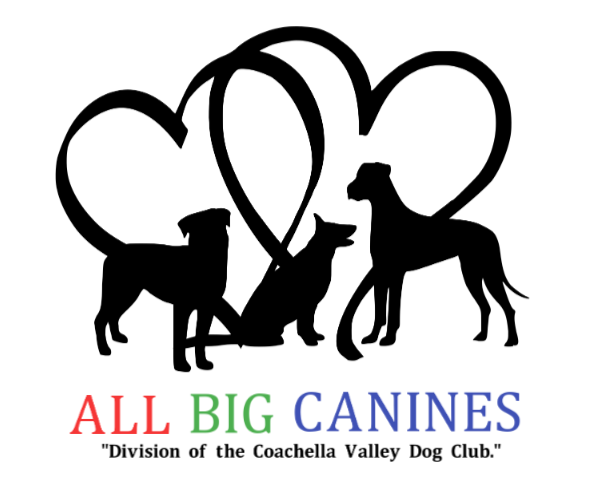Are common behavior issues, really behavior problems?
When we get feedback on the most common “behavior problems” owners deal with often we are met with the following responses:
Barking
Chewing
DiggingJumping
But are these behaviors really bad behaviors or are they unwanted behaviors from the human perspective? Let’s dive deeper.
Barking
Dogs bark as a form of communication. Some barks mean I am excited let’s play, some mean to go away, some mean OMG THERE IS SOMEONE AT THE DOOR, some mean I need to go outside, some mean feed me minion human, and others are just engaging in interaction with you. But to humans barking can be annoying. That doesn’t mean its a behavior problem. If your dog barks at mos sounds, or people, or other dogs, if they cant redirect on you, if they give more than a few barks, or they follow you around barking even when you have met there needs you likely do have a behavioral component. But in other cases, we can determine WHY the dog is barking and instead of focusing on getting them to stop barking we can focus on teaching them what we want them to do instead of barking. Example: Teach the dog to run to a specific spot in the house at the sound of the doorbell, teach a dog to touch a talking button instead of barking to go potty, Teach your dog to get a toy and put it in their mouth to interact with you vs barking at you.
Jumping
Jumping all over your guests when they come over, jumping on you when you walk in the door from work, jumping when they see the leash. Hmmmm what do these things have in common? They are all moments of excitement for your dog. Your dog is joyous and a dog’s instinct during these happy times is to jump all over you, the furniture, etc. So management is your friend and so is PAYING WHAT YOU WANT TO SEE! Knowing what your dog likes (food toys activities) and using those to reward the behaviors you want to see whenever you see them will keep those behaviors happening more. So when you leash your dog up and your guest comes in and you pay for them keeping feet on the floor or pay them for engaging in tricks on cue instead of jumping on guests, then allowing them off leash when they are calm to say hello properly makes that change possible. So does making sure to pay for things normally through the days that you want to see. Using a baby gate, an x-pen, or an open bar activity when you come home can stop your dog from jumping on you, allow you to come inside, and keep your dog occupied while they deescalate.
Digging
Dogs DIG! They dig to cool off, they dig to find sources of smells, they dig because it’s FUN! It’s normal, natural behavior. So providing proper spaces to engage in digging is NECESSARY. Dig zones help keep digging to a specific area and allow you to make it a rewarding and enriching experience for your dog. Burry treats and chews, keep them moist, and place them in a shady space. Prevent access with fencing around areas you don’t want them digging or supervision.
Chewing
This has to be one of the most common issues. Dogs, especially puppies and new to you dogs need puppy-proofed spaces. Look at all spaces from your dog’s level and protect the valuables they can reach. Rotate stimulating toys every few days, give only a few options, and set everyone up for success. Do not provide toys that need to be supervised during periods of non-supervised interaction. Ensure that your dogs’ needs are met. Unsure if they are? Use our Hierarchy of Needs activity. Provide proper outlets for chewing, shredding, and demolishing so that your walls, flooring, and furniture are not victims. Use baby gates, xpens, crates (properly conditioned), and a camera to ensure you can keep your pupper safe when you are not home and keep them with you when you are home so you can keep them out of things. Trade up for all things they shouldn’t have. A high-value treat, trade it, pay it again, and provide a proper chew your dog wants to engage in.

